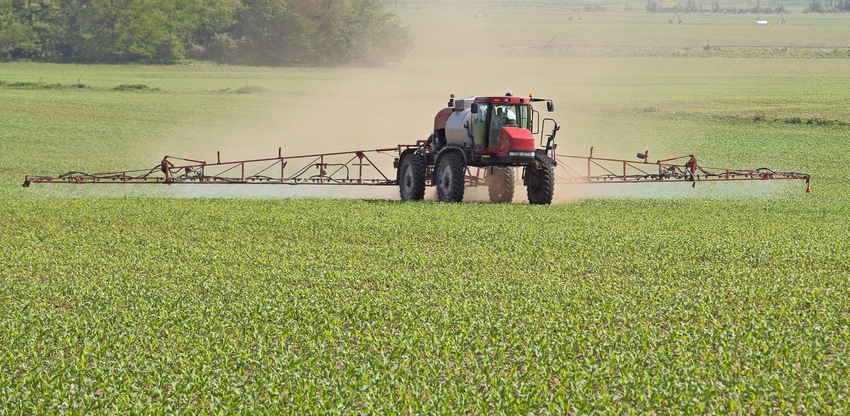July 10, 2018

Source: Iowa State University
Off-target injury associated with dicamba application in dicamba-resistant soybean was a significant problem in the Cornbelt during 2017 (A final report on dicamba-injured soybean acres). The increase in off-target problems associated with dicamba led to a record number of pesticide misuse investigations by the Iowa Department of Agriculture (IDALS) in 2017.
So how do things look at this point of the growing season in terms of herbicide drift? IDALS recently released data on pesticide misuse investigations for 2018. While these investigations involve a wide range of ‘misuses’, the majority of complaints are due to herbicide drift. As of July 2 there have been 137 investigations; 121 were associated with agricultural uses of pesticides. At this time in 2017 there were only 82 complaints associated with ag applications, thus there has been nearly a 50% increase in pesticide misuse investigations compared to 2017. However, timing of problems vary from year to year, so it is impossible to know how 2018 will compare to previous years in terms of total complaints.
Fifty-nine of the investigations involved a growth regulator herbicide (approximately 40% of the ag complaints involved these products). Dicamba and 2,4-D are the most widely used growth regulator herbicides in Iowa, but several other related compounds are used, including clopyralid, triclopyr, picloram, and aminopyralid. There have been 17 investigations involving over-the-top (OTT) applications of dicamba (includes both corn and soybean uses). We have heard about more cases of dicamba drift from use in corn this year than in the past. It is too early to evaluate how successful the label changes and required training have been at reducing dicamba off-target movement from use in soybean. In 2017, the majority of dicamba complaints in North Central Iowa came after July 4. Calls to ISU Extension agronomists regarding off-target dicamba injury increased last week, so we should have a better understanding of the magnitude of problems within the next two weeks.
The significant increase in pesticide misuse cases during the first part of the growing season indicates a pesticide stewardship problem. The wet weather in many areas of the state undoubtedly restricted available hours to complete field spraying; however, falling behind does not make it acceptable to apply pesticides during inappropriate conditions. Agriculture must do a better job at managing pesticide applications to prevent further restrictions on how these valuable crop protection tools are used.
About the Author(s)
You May Also Like




